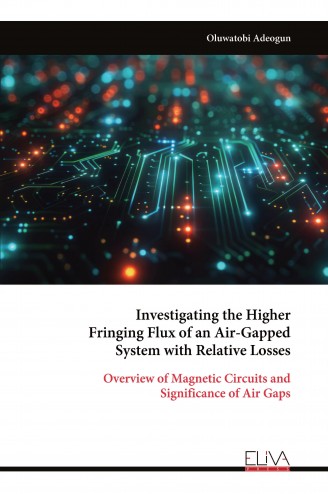
Investigating the Higher Fringing Flux of an Air-Gapped System with Relative Losses
$ 64.5
Description
Air-gapped magnetic systems are essential components in inductors, transformers, and electromagnetic actuators. While the introduction of an air gap effectively increases the magnetic circuit's energy storage capability and controls saturation, it also leads to increased fringing flux, which in turn affects magnetic field distribution and loss mechanisms. This study investigates the impact of increased fringing flux in air-gapped magnetic cores and evaluates the relative losses introduced by this phenomenon. Both simulation and experimental approaches are used to quantify the influence of the air gap on core performance, focusing on fringing-induced eddy current losses, stray field interactions, and overall system efficiency. In magnetic circuit design, the insertion of an air gap into a magnetic core is a common technique to reduce core saturation and control inductance. However, this modification introduces a fringing effect, where magnetic field lines bulge outward due to the sudden drop in permeability between the ferromagnetic material and the air gap. This phenomenon not only affects the accuracy of inductance predictions but also introduces additional losses — both magnetic and thermal — that must be carefully considered during system optimization. The objective of this research is to analyze how fringing flux increases with air gap size and geometry and to evaluate the relative losses that arise as a result. These losses are compared against traditional core and copper losses to determine the trade-offs involved in air-gapped magnetic system design.
